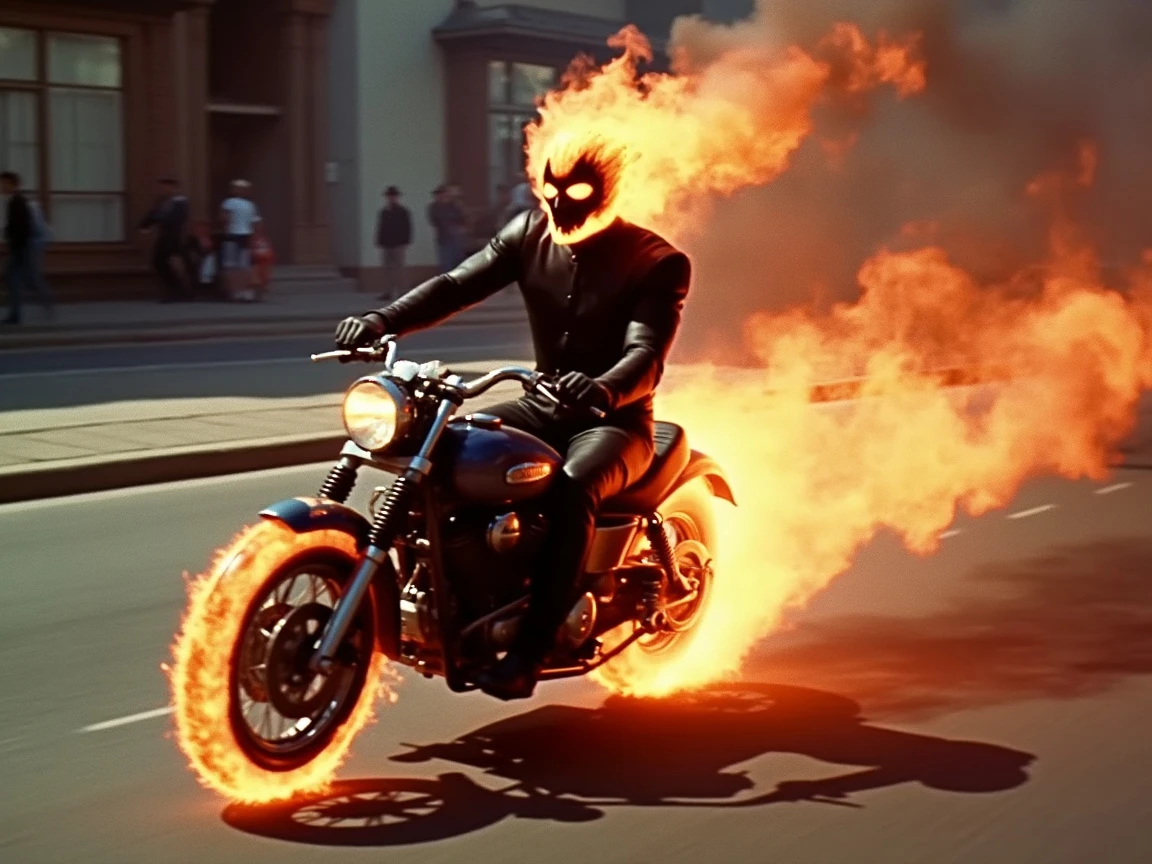dvd screengrab from 1974 tokusatsu tv show titled "Ghost Rider" based on "Marvel Comics" produced by "Tsuburaya Productions" featuring scene of ghost rider riding his motorbike at the city
FLUX.1 [pro]
16
1
Safe
Guidance 3
Seed 5885989099585245
Steps 25
Public























